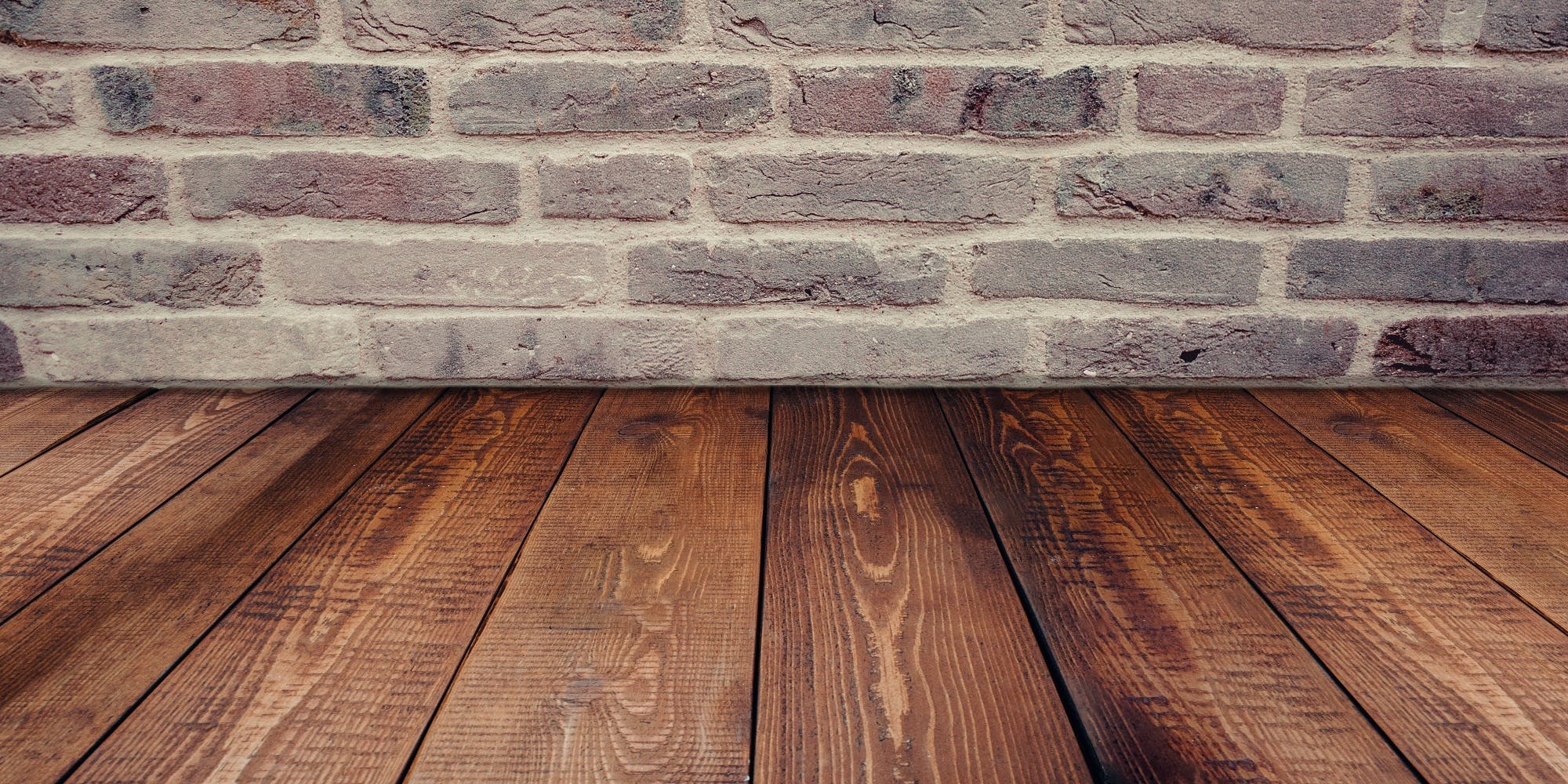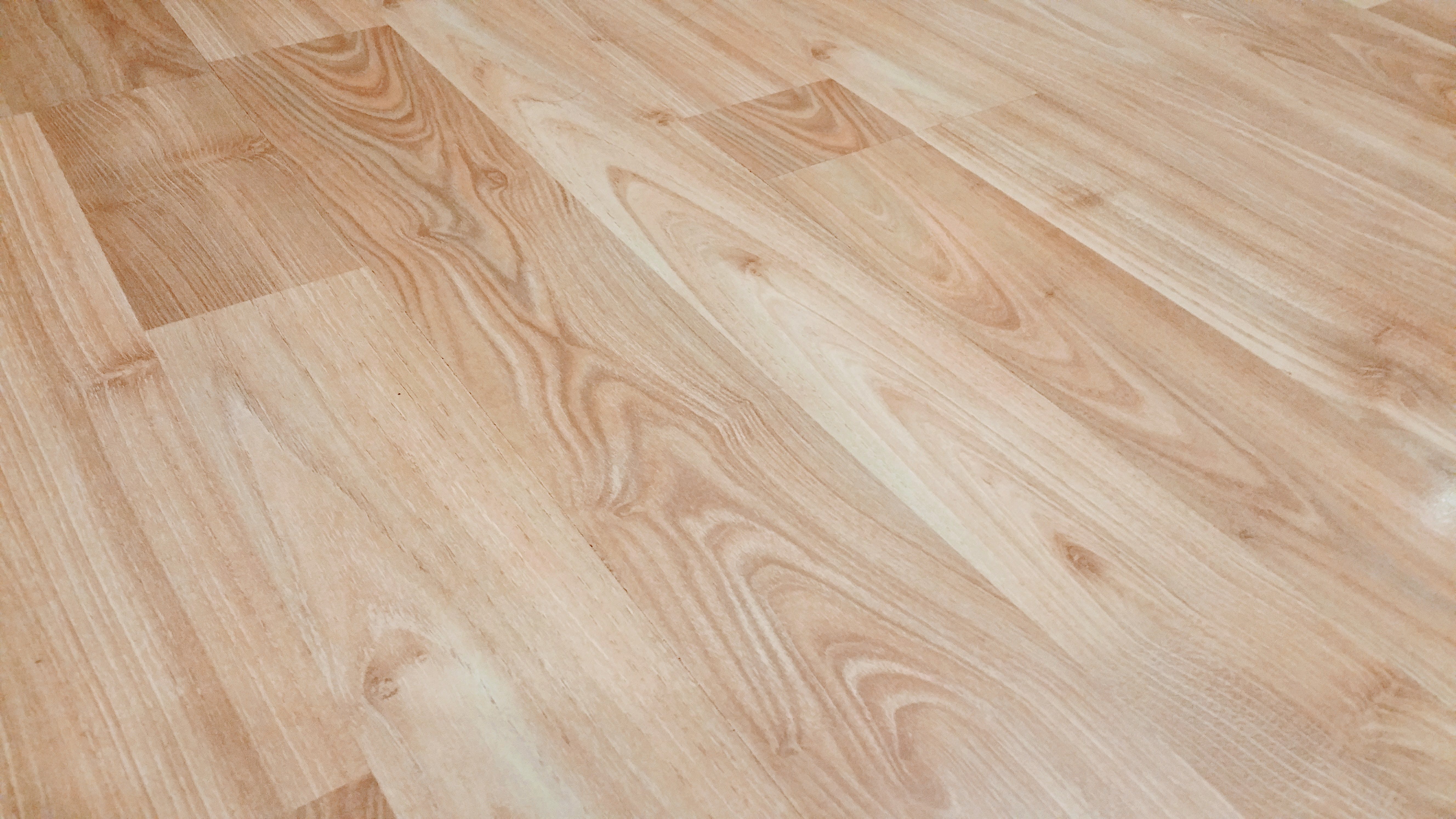Why DIY Flooring May Be Harder Than It Seems
Why DIY Flooring May Be Harder Than It Seems
.png)
Finding your perfect flooring is every homeowner’s dream.
After months of searching, shopping, and comparing different styles and colors, you finally found floors that perfectly fit your lifestyle, your home aesthetics, and your budget. It can be tempting to try and save costs and install your floors by yourself, but DIY flooring can cause more harm than good.
Many sources from around the internet will pitch DIY flooring as the ultimate solution for saving money on new flooring. You may have heard that installing new floors yourself is straightforward and cost-effective, but the reality can be quite different.
In this post, we will discuss some reasons why DIY flooring may be harder than it seems. We will discuss common misconceptions, material challenges, time commitment, technical skills, hidden costs, and more.

Common Misconceptions:
Many people believe that DIY flooring is a simple and inexpensive project that can be completed in just a weekend. However, this is a common misconception. DIY flooring can often be much more difficult and time-consuming than it initially seems.
One popular myth is that DIY flooring is significantly cheaper than hiring professionals. While it is true that you may save money on labor costs, there are other factors to consider. DIY flooring projects often require expensive tools and materials, which can quickly add up. Additionally, mistakes can be costly to fix, resulting in even more expenses.
Installing flooring requires a certain level of skill and knowledge. It can be difficult to achieve a professional-looking finish, especially when dealing with uneven subfloors or tight spaces. It may take much longer than expected, leading to frustration and delays in completing the project.
Material Challenges:
When it comes to DIY flooring, one of the biggest challenges is selecting the right materials. From underlayment to the actual flooring, there are numerous options to choose from, each with its own pros and cons. This can make the decision-making process overwhelming and time-consuming.
Different types of flooring require specific underlayment and choosing the wrong one can result in a less-than-ideal outcome. Additionally, understanding the compatibility of different flooring types with certain subfloors is crucial. This requires knowledge and expertise that may not be readily available to the average DIYer.
Furthermore, not all flooring materials are created equal in terms of durability and wear resistance. It's important to consider the specific needs of the space where the flooring will be installed, whether it's a high-traffic area or a room prone to moisture. Without this understanding, you may end up with a flooring choice that doesn't meet your needs and has to be replaced sooner than expected.
Looking for hardwood floors that are perfect for your home? This guide will help you choose the right hardwood floors every time!
Technical Skills:
Different types of flooring require specialized skills for a successful installation. Hardwood flooring, for example, requires precise measurements, cutting, and proper acclimation to the environment before installation. Without expertise in these areas, DIY flooring can result in ill-fitting boards, uneven surfaces, and gaps between the planks.
Laminate flooring also requires technical knowledge, as it involves interlocking pieces that need to be properly aligned and securely locked together. Without the necessary skills, the installation can lead to buckling, gaps, or a floor that feels unstable.
Tile flooring, whether ceramic or vinyl, requires expertise in preparing the subfloor, applying mortar or adhesive, and ensuring proper grouting and sealing. Since tile is a 'different animal,' making sure the correct tools or machinery are in proper shape is key. Otherwise, dull blades can cause cracked tiles or jagged edges during the cutting process, causing installation to be uneven or even fail.
Improper installation can lead to cracked tiles, uneven surfaces, or water damage due to inadequate waterproofing. These specialized skills are important because mistakes can be costly to fix. Replacing damaged or improperly installed flooring can be expensive, not to mention the time and effort it takes to redo the installation.

Time Commitment:
One aspect of DIY flooring projects that often gets underestimated is the significant time commitment they require. While the idea of saving money and tackling a home improvement project on your own may be enticing, the reality is that DIY flooring can be much more time-consuming than anticipated.
Firstly, there is the time involved in researching and selecting the right flooring material for your project. With so many options available, it can be overwhelming to decide on the best type of flooring for your space. From hardwood floors to laminate, vinyl plank, or ceramic tile, each option has its installation process and considerations.
Once the flooring material is chosen, there is the time involved in properly preparing the subfloor. This may require removing old flooring, leveling the subfloor, and addressing any issues such as unevenness or cracks. Each step takes time and attention to detail to ensure a stable and long-lasting foundation for the new flooring.
Next comes the actual installation, which can be a time-consuming process in itself. Whether it involves aligning and locking together interlocking laminate pieces or meticulously placing and grouting tiles, precision, and patience are required to achieve a professional-looking result. This can involve measuring, cutting, and fitting the flooring material to the space, which can be a time-consuming and tedious task.
Lastly, there is the time needed for any necessary finishing touches, such as trim work or sealing. These steps add the final touches to the project but can add additional time to the overall process.
Do different rooms need different floors? Learn more in this guide!
Hidden Costs:
In addition to the time commitment, undertaking a DIY flooring project can also come with unexpected costs. While it may seem like a budget-friendly option upfront, several hidden costs can quickly add up.
One source of unexpected costs is the need for specialized tools. Depending on the type of flooring you choose, you may require tools such as a rubber mallet, knee pads, or a straight edge. These tools may need to be purchased or rented, adding to the overall expense of the project.
Furthermore, there may be additional materials needed that were not initially accounted for. For example, if you encounter an uneven subfloor, you may need to purchase leveling compounds or plywood to correct the issue. Similarly, if the existing subfloor is damaged or in poor condition, repairs or replacement may be necessary, adding even more to the project's cost.
Another potential hidden cost is the possibility of making errors during the installation process. Mistakes can lead to wasted materials and the need for replacements, increasing both time and expense. Additionally, if the flooring is not installed correctly, it may result in future repairs or replacement.
Quality and Longevity:
When it comes to DIY flooring, one factor that is often overlooked is the long-term quality and longevity of the installation. While it may seem simple to install flooring on your own, professional installation ensures that the flooring lasts longer and performs better over time.
Professional installers have the expertise and experience to properly prepare the subfloor, ensuring a level and stable foundation for the flooring. This is crucial because an uneven subfloor can lead to premature wear and damage to the flooring. They also have the knowledge to select and use the correct adhesives and installation methods for different types of flooring, ensuring secure and durable installation.
Another advantage of professional installation is the use of specialized tools and techniques. Professionals have access to high-quality tools that may not be readily available to DIYers. These tools allow for precise cutting, fitting, and installation, resulting in a seamless and professional finish.
Additionally, professional installers should always offer warranties on their workmanship. Professional companies always carry a certificate of liability insurance, as well as worker's comp insurance, to protect the consumer from "fly-by-night' crews. This means that if any issues arise after the installation, they will come back and fix them at no extra cost. This peace of mind is not typically available with DIY installations.
What’s better for your home, laminate or vinyl? This guide will help you decide!
Professional Floor Installation from A Step Above Flooring
It can be tempting to try and install your flooring by yourself. However, there are many hidden traps and potential setbacks that can send your DIY flooring project spiraling.
If you are looking for new flooring for your home, then you need to work with the experienced pros at A Step Above Flooring. Our team has helped hundreds of homeowners all over the Cincinnati area find the floors of their dreams at prices they love. And our installation professionals can come to your home and install your floors quickly and efficiently.
If you are curious about the difference A Step Above Flooring could make for your next flooring upgrade, click here to reach out to our team, or stop by our showroom today!
Follow A Step Above Flooring on Facebook, Instagram, and Pinterest for more flooring tips!
Happy with the A Step Above Flooring difference? Leave us a five-star review here!
